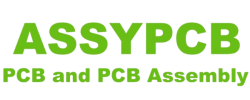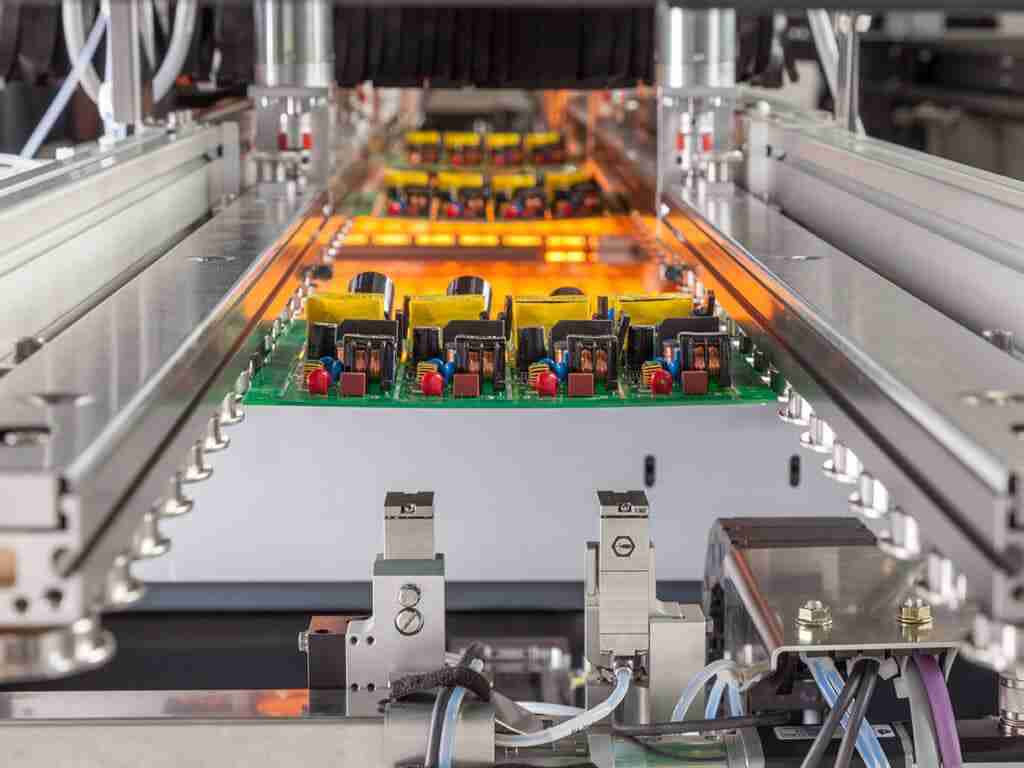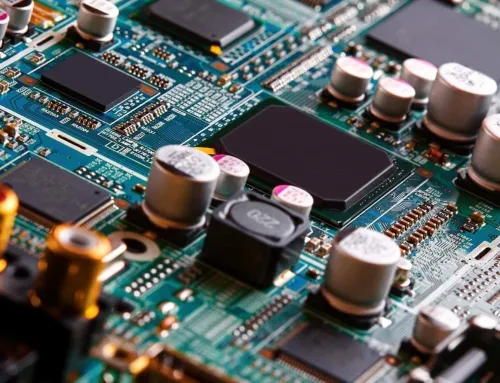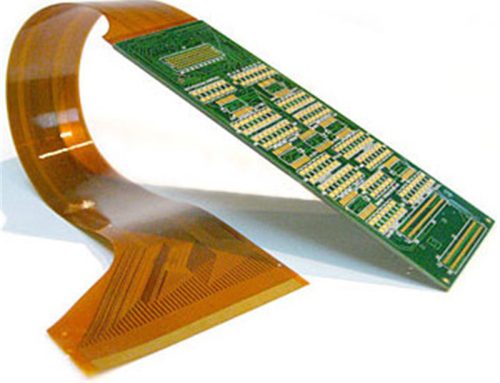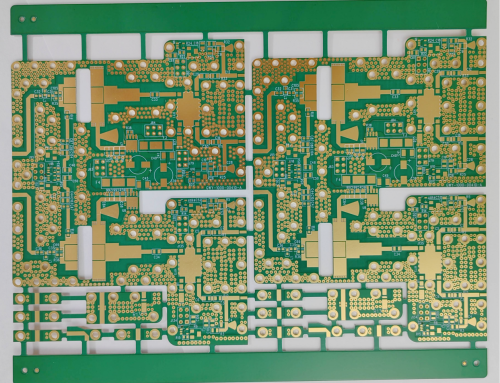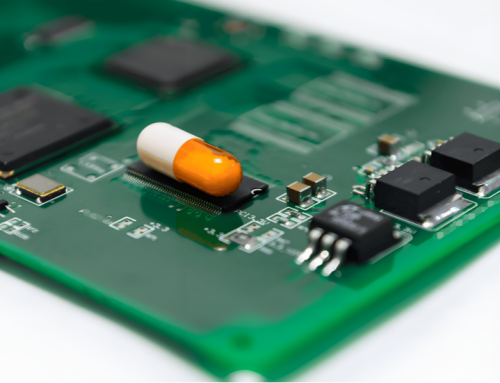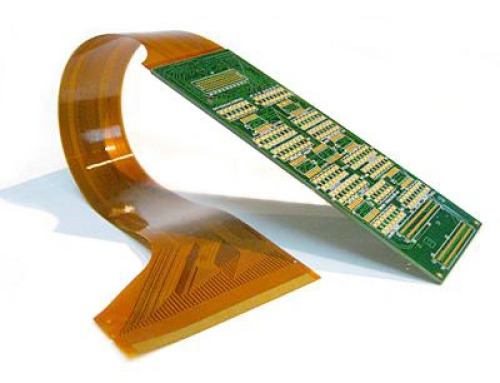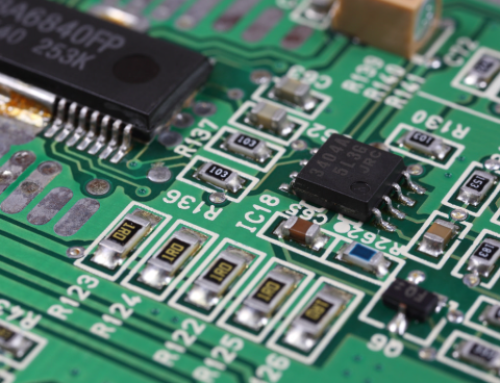Selective Wave Welding VS Manual Welding
Table of Conent
Table of Conent
Manual Welding
In many aspects, manual welding has become almost an obsolete technique as more precise and reliable processes have been created. While hand welding was once a great technique, it has gradually declined in practicality and has been largely replaced by selective welding.
Although useful for small batches, manual welding is no longer used in mass production today for quality assurance and is no longer permitted even in the automotive industry. Increasing complexity and ever-higher quality standards have led to manual welding no longer being considered an appropriate technique.
Although still useful for true one-off solutions or repairs to individual solder joints, manual welding techniques have several disadvantages, including:
1. Welding results are only as good as the person producing them.
2. Repeatability cannot be guaranteed
3. Manual welding results in extremely high flux residues
4. Smaller welding iron tips and smaller contact areas result in higher local heat loads
5. Selective welding
Assypcb SMT patch processing: Selective welding is a variation of wave soldering that is primarily used to solder parts or even all of a printed circuit board that is assembled with through-hole components. For selective welding machines, nitrogen inerting is standard and the solder pot is designed with titanium material to resist the corrosive effects of aggressive lead-free solder alloys.
Assypcb German imported AI selective wave welding:
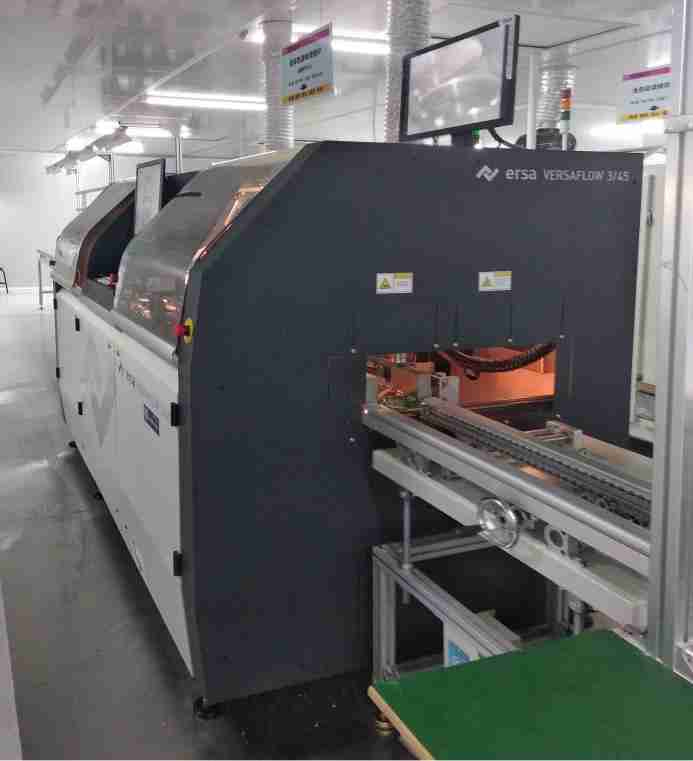
In most cases, selective welding consists of three stages:
1. Fluxing or applying liquid flux;
2. Preheating or printed circuit board components;
3. welding using a welding nozzle in a specific position. Even if the program design has been well developed, with the help of software, operators can set up the program in a few minutes without any prior knowledge.
Due to its inherent process flexibility, selective welding can be successfully used to solder a variety of printed circuit board components and has several significant advantages, including:
1. Process optimization can be obtained safely and quickly
2. Ensure reliable solder joints without overheating the components
3. Guaranteed process repeatability
4. Avoid the use of expensive aperture wave welding stations or masks.
Latest Blog
Contact Info
Phone: +86-755-82882936
Email: [email protected]
WhatsApp: +86-13570802455
Wechat: +86-13570802455
Address: 2nd floor,D Bldg.,Electric Link Technology Bldg.,Gongming,Guangming New Dist.,518106 Shenzhen, China
